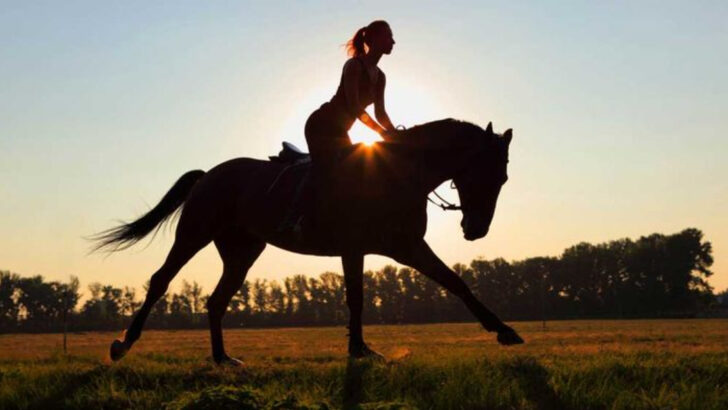“It’s just sitting there while the horse does all the work.” Yeah, right. Tell that to your sore thighs.
Horse riding gets judged harder than a fashion show in a thunderstorm. People assume it’s easy, elitist, or only for kids obsessed with ponies—and that’s just scratching the surface.
The truth? It’s tough, technical, and takes serious guts. It builds strength, teaches patience, and connects you to a 1,000-pound animal with a mind of its own. Not exactly a casual ride in the park.
This post tackles 16 of the most stubborn myths out there—everything from “riding isn’t real exercise” to “you have to be rich to do it.” Saddle up, because it’s time to clear the air and give horse riding the credit (and respect) it deserves.
Myth 1: Riding is Just Sitting

Riding a horse is far from merely sitting. It requires balance, coordination, and an understanding of the horse’s movements. Riders engage their core, legs, and arms to communicate with the horse.
Equestrians work on their posture, adjusting to the horse’s gait and terrain changes. It’s a dynamic process, involving constant interaction with the animal.
Believe it or not, riding can be quite a workout, burning calories and building muscle. So, next time someone says it’s just sitting, remind them of the skill and effort involved. It’s much more than meets the eye!
Myth 2: Horses Do All the Work
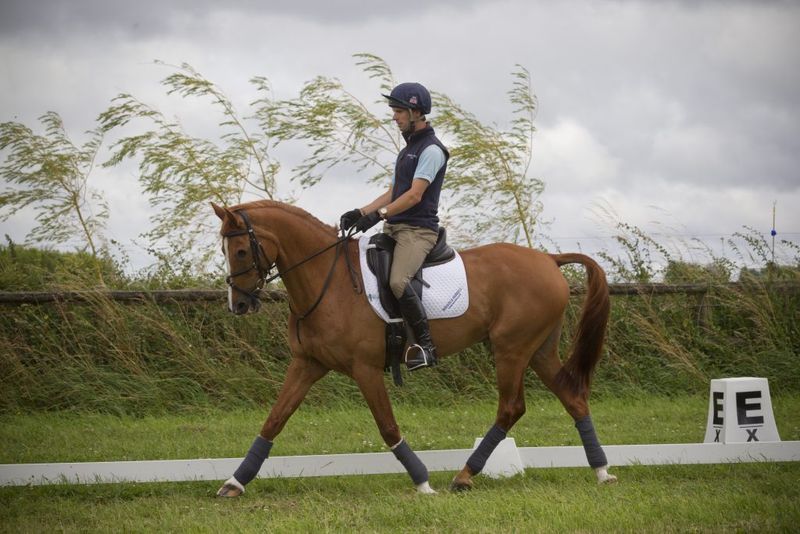
Contrary to popular belief, riders don’t just sit back while the horse does everything. Riding is an active partnership where communication is key. Riders use subtle cues to guide their horse, from the reins to shifting their weight.
A rider’s role is to lead and make decisions throughout the ride. Training, grooming, and caring are integral parts of the journey. Far beyond mere passengers, riders invest time and effort into this relationship.
It is teamwork at its finest, where both human and horse contribute to the experience, ensuring safety and enjoyment.
Myth 3: Riding is Easy for Everyone
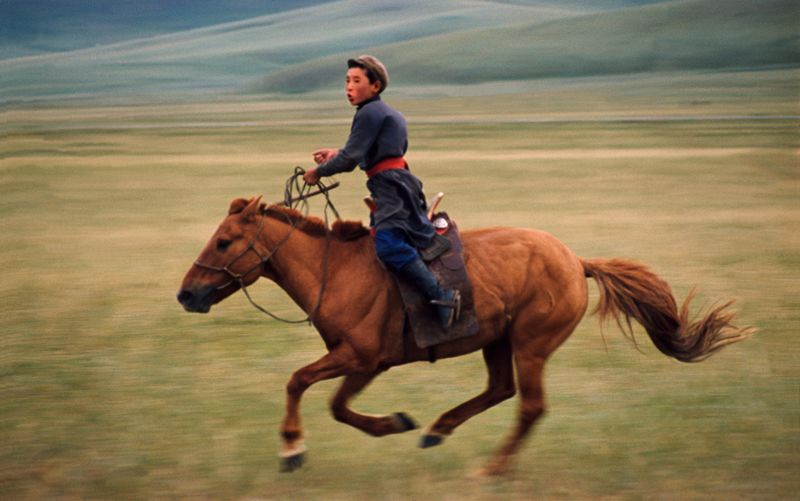
Riding isn’t universally easy; it varies per individual. Some grasp it quickly, while others need more practice. It’s a skill that requires patience, determination, and learning from mistakes.
Newbies might find balancing and coordinating challenging at first. Muscle soreness and frustration are common during initial lessons.
However, perseverance leads to improvement. Over time, riders feel more attuned to their horses, enhancing their experience and confidence.
The learning curve is part of the adventure, making the achievements rewarding. Riding demands dedication and isn’t instantly mastered. Each rider’s journey is unique and personal.
Myth 4: Only the Wealthy Can Ride
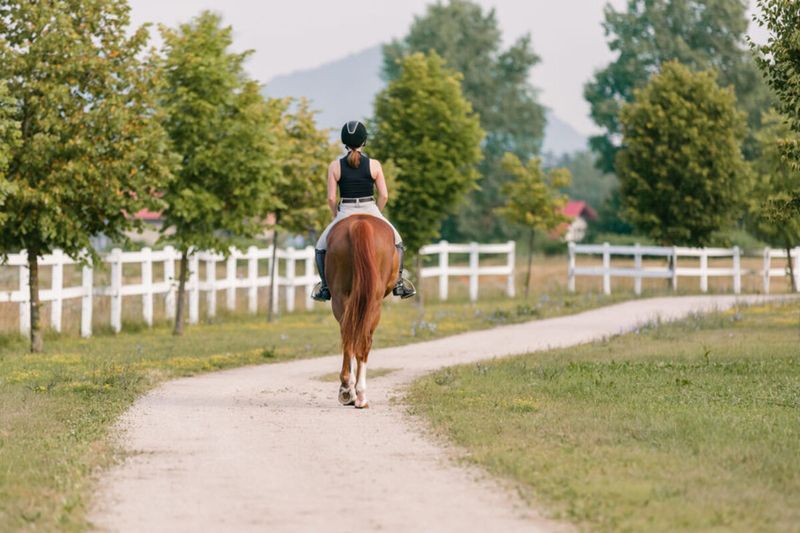
The myth that riding is reserved for the wealthy doesn’t hold true. While some aspects can be costly, there are affordable options available for enthusiasts.
Many stables offer group lessons, leasing options, and community programs, making it accessible to a broader audience. Riding clubs often provide affordable entry points.
Horses aren’t exclusive to the elite. With careful planning and budgeting, anyone can enjoy this enriching activity. Riding transcends financial boundaries, welcoming people from all walks of life to share their passion for horses.
Myth 5: All Horses are Wild and Dangerous

Not all horses are wild or dangerous. Most are well-trained, calm, and accustomed to human interaction. Like people, horses have unique personalities and temperaments.
Many are gentle giants, eager to please and form connections with their riders. Training plays a crucial role in shaping their demeanor and behavior.
Understanding horse behavior and body language helps mitigate risks. Riders learn to build trust, creating safe and positive experiences. With the right handling, horses can be affectionate companions, not fearsome creatures.
Myth 6: Riding is Only for the Young
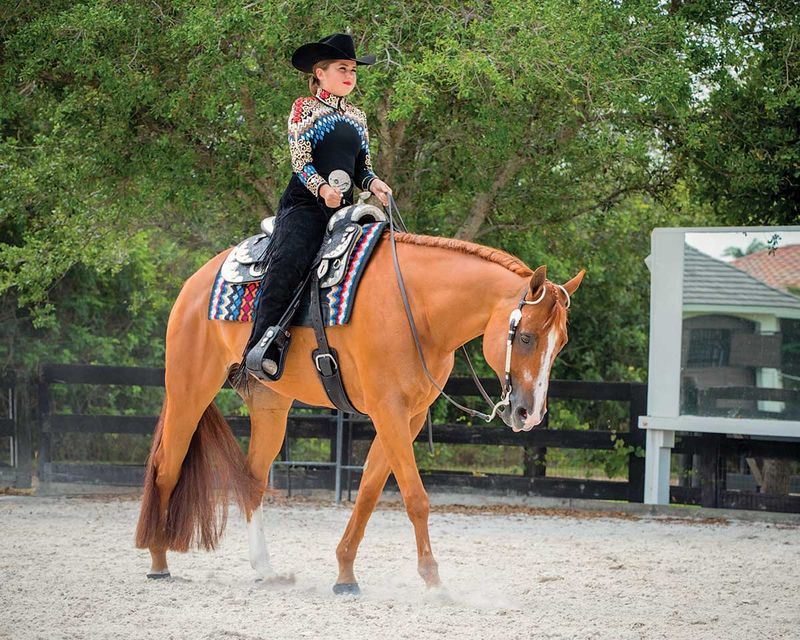
Age is no barrier to horseback riding. Many seniors enjoy riding, finding it both relaxing and invigorating. It offers gentle exercise, promoting flexibility and balance.
Riding can be tailored to fit various fitness levels, making it inclusive for all ages. Older adults often find joy in connecting with these majestic animals.
From leisurely trail rides to therapeutic interactions, the benefits are immense. Riders of any age can enjoy the bond and experience the freedom that riding provides. Everyone, young and old, can embrace the joy of horseback riding.
Myth 7: Horses Don’t Have Feelings

Horses are deeply emotional beings capable of forming bonds with humans. They express feelings through body language, vocalizations, and interaction.
Riders develop an understanding of their horses’ moods, recognizing signs of happiness, anxiety, or discomfort. Empathy and communication foster a strong rider-horse relationship.
Studies show that horses can recognize human emotions, responding to their rider’s emotional state. This emotional depth adds a layer of devotion and connection.
Horses are far from emotionless; they are sentient beings, enriching the lives of those who engage with them. Their feelings contribute to the riding experience.
Myth 8: Riding is Just a Hobby
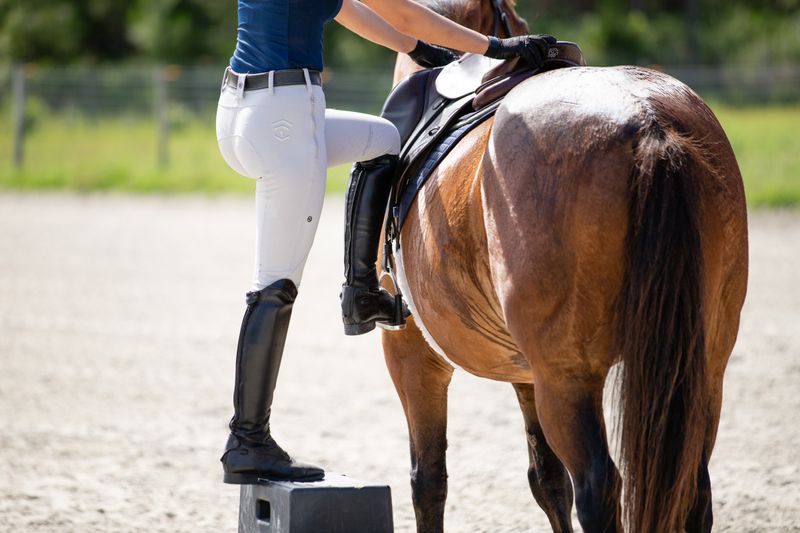
Riding is more than a mere pastime for many; it’s a profession and a lifestyle. Equestrian sports range from dressage to show jumping, each demanding skill and dedication.
Professional riders spend years honing their craft, participating in competitive events globally. Their passion translates into a career with rigorous training schedules.
For others, riding is therapeutic, offering mental and physical benefits. It’s a way of life that goes beyond leisure, providing purpose and fulfillment.
This diverse world of riding offers something for everyone, whether as a hobby, career, or personal journey.
Myth 9: Riding is Only for Girls
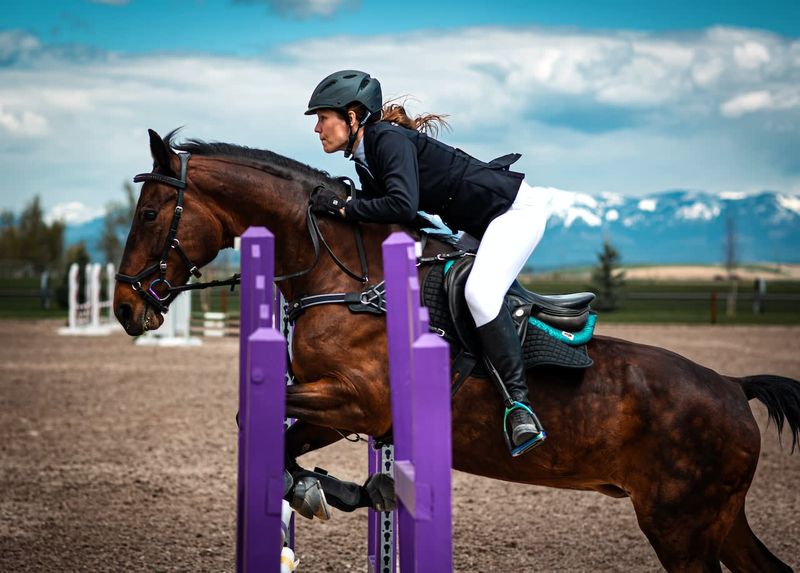
Riding transcends gender stereotypes. It’s for everyone, regardless of gender, with men and women excelling in the sport equally.
Historically, both genders have participated in various equestrian disciplines. Modern riding communities welcome all, fostering an inclusive environment.
From young children to seasoned riders, diversity is celebrated. Boys and girls can share the joy, camaraderie, and challenges of riding together.
Inclusivity strengthens the equestrian community, proving that passion for horses knows no gender boundaries. Everyone is free to explore and enjoy the world of riding.
Myth 10: You Need to Own a Horse
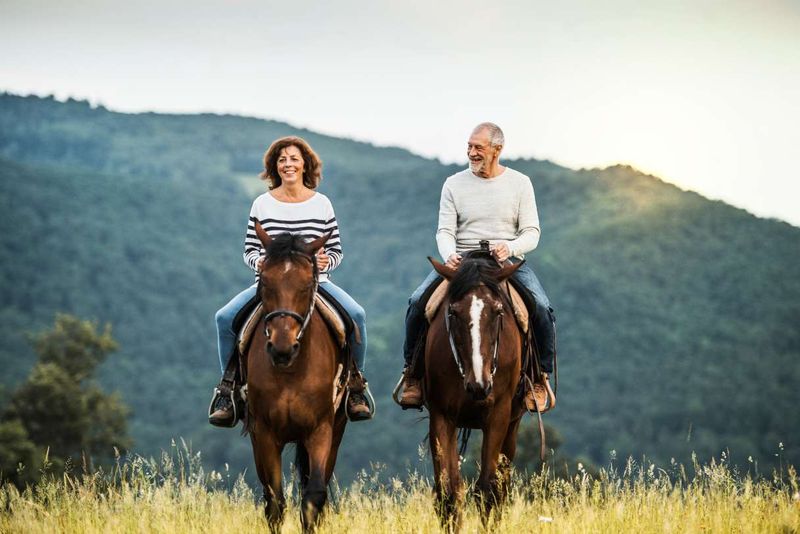
Owning a horse is not a prerequisite for riding. Many people enjoy the experience through lessons, rentals, and leases.
Riding schools and stables offer various access points for enthusiasts. Leasing allows riders to experience ownership without the long-term commitment.
Opportunities abound for those willing to explore alternative paths. Riding clubs provide community and resources, making it accessible to more people.
The joy of riding can be achieved without owning a horse, opening doors to those passionate about the sport without the financial responsibility.
Myth 11: Horse Riding is Cruel
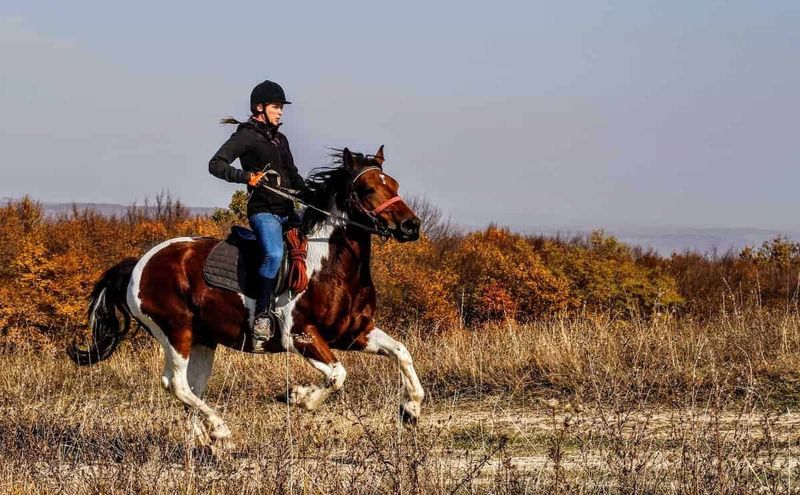
Horse riding, when done ethically, is not cruel. Responsible riders prioritize their horse’s welfare, ensuring proper care, training, and living conditions.
A strong bond between rider and horse results in mutual respect and understanding. Ethical riding practices promote the horse’s well-being and happiness.
Abuse and neglect are condemned within the community. The majority of riders and trainers focus on humane treatment, enriching the horse’s life.
Correct practices ensure a positive, cruelty-free experience for both horses and riders, emphasizing kindness and partnership.
Myth 12: Riding Ruins a Horse’s Back
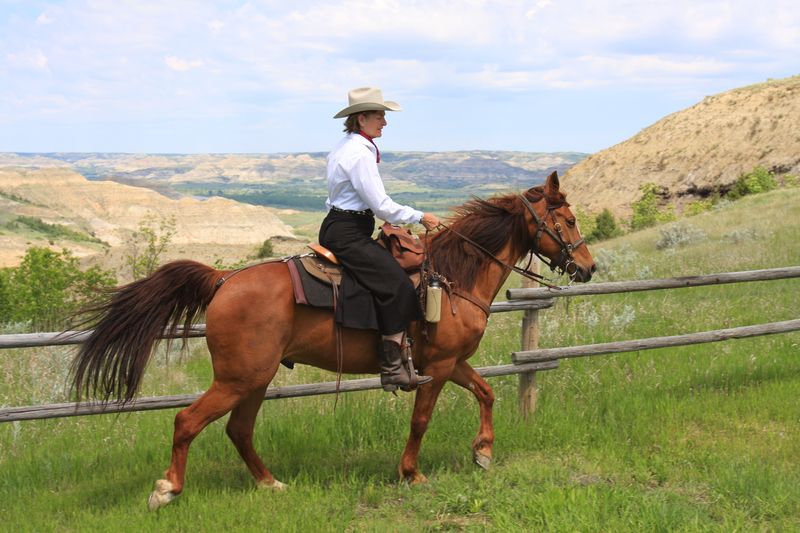
Proper riding techniques and equipment prevent harm to a horse’s back. Ill-fitting saddles and incorrect posture can cause issues, but these are avoidable.
Riders learn to distribute their weight evenly, minimizing strain. Regular vet check-ups and professional guidance maintain the horse’s health.
A well-cared-for horse thrives under responsible riding practices. Riders are educated on maintaining their horse’s physical condition.
Far from ruining it, riding can contribute to a horse’s fitness when done correctly, promoting overall well-being and longevity.
Myth 13: Horse Riding isn’t Exercise
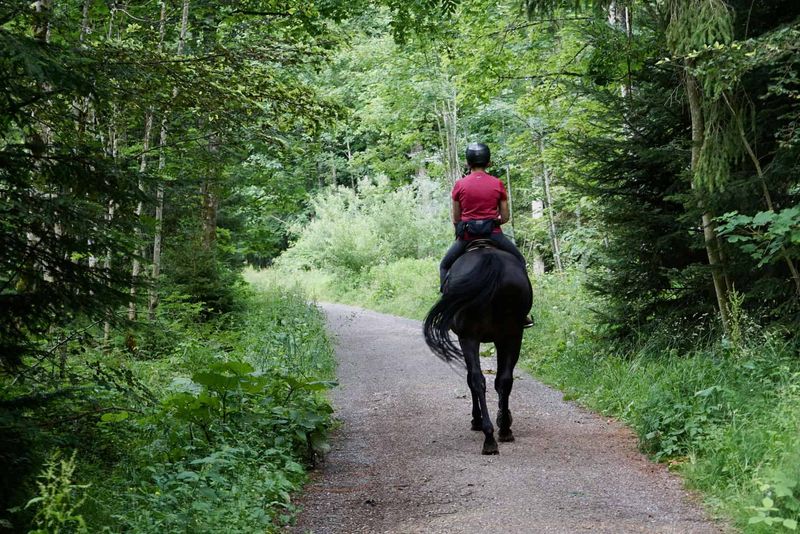
Horse riding is indeed a form of exercise, engaging various muscle groups and improving fitness. Riders develop core strength, balance, and coordination.
The physical demands of riding contribute to cardiovascular health, toning muscles and burning calories. It offers a unique workout that varies in intensity.
From casual trail rides to competitive events, the exercise benefits are significant. Riders experience physical challenges that complement other fitness activities.
Enjoying the outdoors while exercising makes horse riding a rewarding and invigorating activity, catering to both body and mind.
Myth 14: Riding is Unsafe
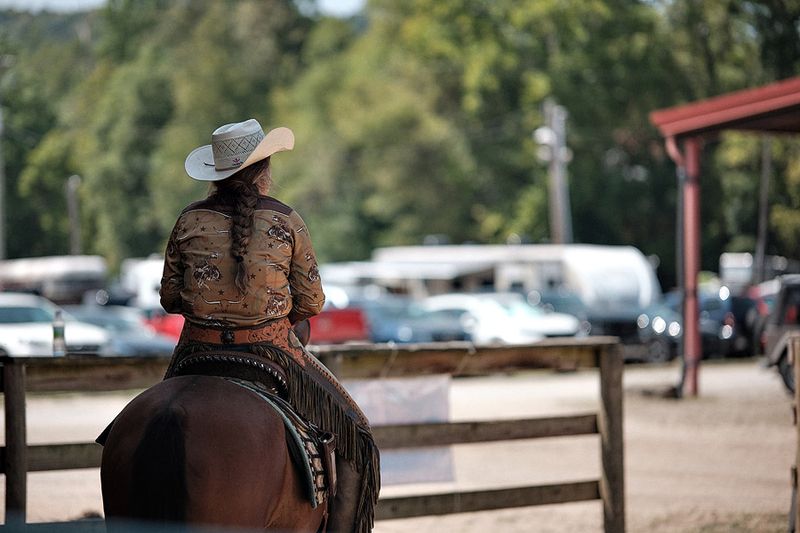
Safety is paramount in horse riding. With proper training and equipment, riding is safe and enjoyable. Helmets, boots, and protective gear are standard.
Lessons emphasize safety, teaching riders how to handle situations calmly. Professional guidance assures a secure experience.
Risk exists in any sport, but precautions minimize dangers. Riders are educated on best practices, ensuring confidence and protection.
By respecting safety protocols, riding becomes a secure and fulfilling adventure, allowing riders to focus on building skills and having fun.
Myth 15: Horses Don’t Need Grooming
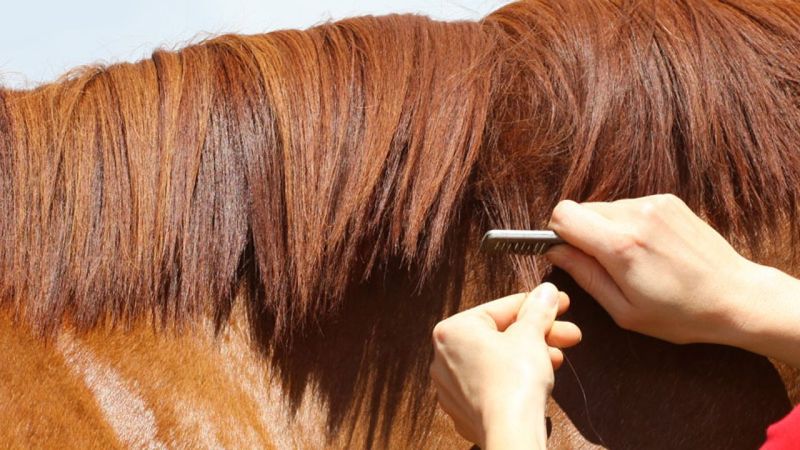
Grooming is essential for a horse’s health and well-being. It’s more than aesthetic; it promotes circulation and cleanliness.
Riders develop a bond with their horse through grooming, recognizing any changes in condition. This routine ensures the horse’s comfort and happiness.
Regular grooming prevents skin issues and promotes a shiny coat. It’s a part of responsible horse care, demonstrating commitment to the horse’s welfare.
Horses thrive with attentive care, reinforcing the rider’s role in their well-being. Grooming underscores the responsibility of horse ownership, emphasizing care and dedication.
Myth 16: Beginners Can’t Compete
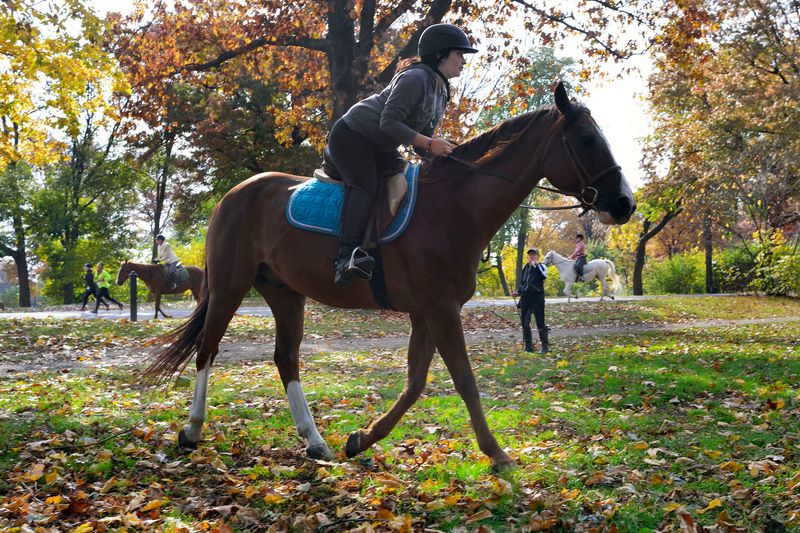
Beginners often believe they can’t compete, but opportunities exist for all skill levels. Local shows and novice categories welcome newcomers.
Participating in competitions builds confidence and skills, offering valuable experience. It’s a chance to learn from others and showcase improvement.
Beginners are encouraged to join, fostering a supportive environment. Competing teaches perseverance, sportsmanship, and dedication.
Entry-level events provide a platform for growth, proving that competition isn’t exclusive to seasoned riders. Everyone can experience the excitement and achievement of equestrian sports.

